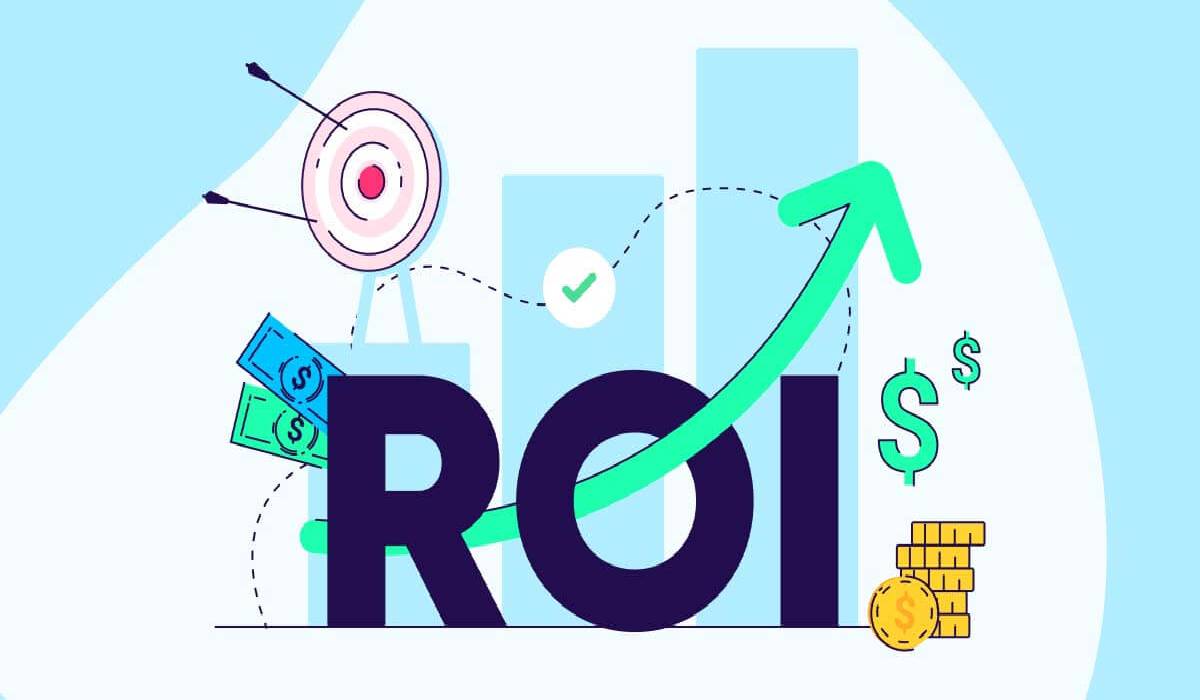Being effective is key for any business. For marketers, effectiveness can be graded on how well an advertising campaign performs. This is from both a lead standpoint and a financial standpoint. If you’re putting all of your dollars into one type of ad, but it isn’t generating any leads, then you have a poor return on investment, or ROI.
What is Marketing ROI?
To understand this concept, think of a marathon runner. There are a lot of preparations that need to take place before race day. They can’t just show up at the starting line and assume they’ll get a trophy. They need to practice their stamina by going on a mix of short-distance and long-distance runs. They need to fuel themselves with enough protein and ensure they hydrate themselves ahead of the race.
All of these preparations take time and effort. After a race, the runner may look at their time and consider if everything paid off. If they achieve a personal record, then they know that their preparations had a good return on investment. If not, they may need to tweak and optimize their training sessions or their nutrition to do better next time.
In marketing, all of these preparations could be equated to specific tactics, such as SEO research, audience segmentation, and targeting. Race day could be compared to a new campaign launch and the sales generated. A campaign’s results can be measured based on generated leads, conversions, website traffic, and social media followers. By measuring how a campaign performs, you can assess if all of the tactics leading up to the launch worked. With this basic understanding of marketing ROI, here are a few ways to maximize ROI through your strategy.
1. Conduct Market Research
If your campaign isn’t generating the leads you assumed it would, it is probably a smart idea to conduct some market research. Your campaign may not be resonating, meaning you may not know your core audience as well as you thought you did. Through research, you can learn exactly what your audience wants and how to best deliver it to them.
Market research can begin by looking at your competitors and seeing what they are offering and how they are generating leads. Look at their current campaigns and see what their social media community is saying on their channels. Reading reviews of your product as well as competitors can also be beneficial. You may be able to identify themes that can help inform product development.
Of course, market research can be a big investment from a time and energy point of view. It may be worthwhile working with an expert, one who is knowledgeable in your industry. A growth marketing agency can research the current state of the playing field, identifying areas of improvement. With these findings, they can work with you to build a marketing approach that will lead to a greater return on investment than you can achieve alone.
2. Monitor Ad Spend
You can’t be profitable if you’re spending all your money on advertising. And to know what your ROI is, you need to know how much you’re spending on your ad campaigns. There are numerous metrics to help you monitor ad spend. Conversion rate, or the percentage of users who clicked on an ad, measures the effectiveness of your placement. Bounce rate, on the other hand, can indicate if the ad is driving users to irrelevant content; a high bounce rate may be the result of a misleading ad.
Based on which ad platform you’re using, you can view metrics in real time on their subsequent dashboards. For Facebook advertising, you can check on the progress of your campaign through their Ads Manager. You can adjust your spending as needed, such as by setting a new spending limit. For advertising on Google, you can check and monitor ad spending through the ‘detailed transaction view’ or ‘summary view.’ It’s a good idea to monitor your ad spend regularly, even more so when a new campaign launches to ensure you’re optimizing for maximum ROI.
3. Test and Learn
You won’t know unless you try. Testing the waters can be beneficial to marketers who are learning about their audience or are curious about expanding their efforts to new platforms. Sticking with the same old plan may work for a while, but it can be repetitive and mundane. Instead, to achieve the best ROI it may be worthwhile exploring new avenues.
One way to do this is by implementing A/B testing across your campaigns. For email campaigns, try two different subject lines and see which one receives the most clicks. For banner advertising, test out different call-to-actions to see which generates more conversions. A/B testing can improve your ROI as you’ll know what is resonating most and how to reach your audiences more efficiently.
Conclusion
By evaluating your marketing ROI, you can determine which tactics are working well and which you can either overhaul or retire. However, just because something isn’t working well for you today doesn’t necessarily mean it won’t work tomorrow. Advertising is always in flux, especially with AI developments and algorithm updates. Don’t be afraid to pull something back out of retirement and re-evaluate its performance. You may be surprised to find it results in a high ROI.

